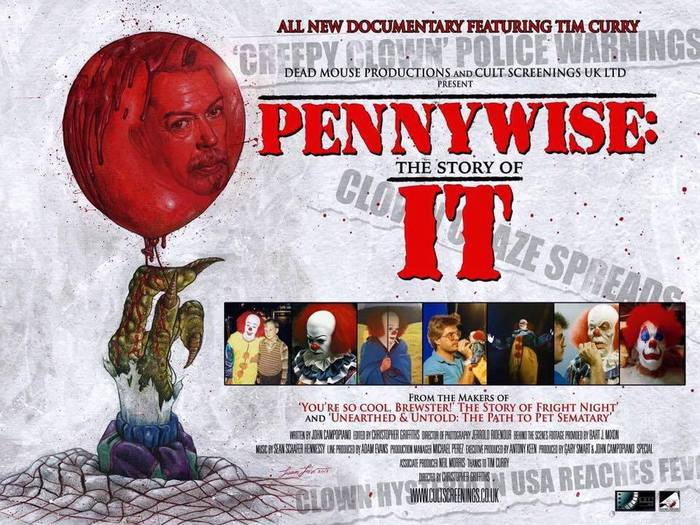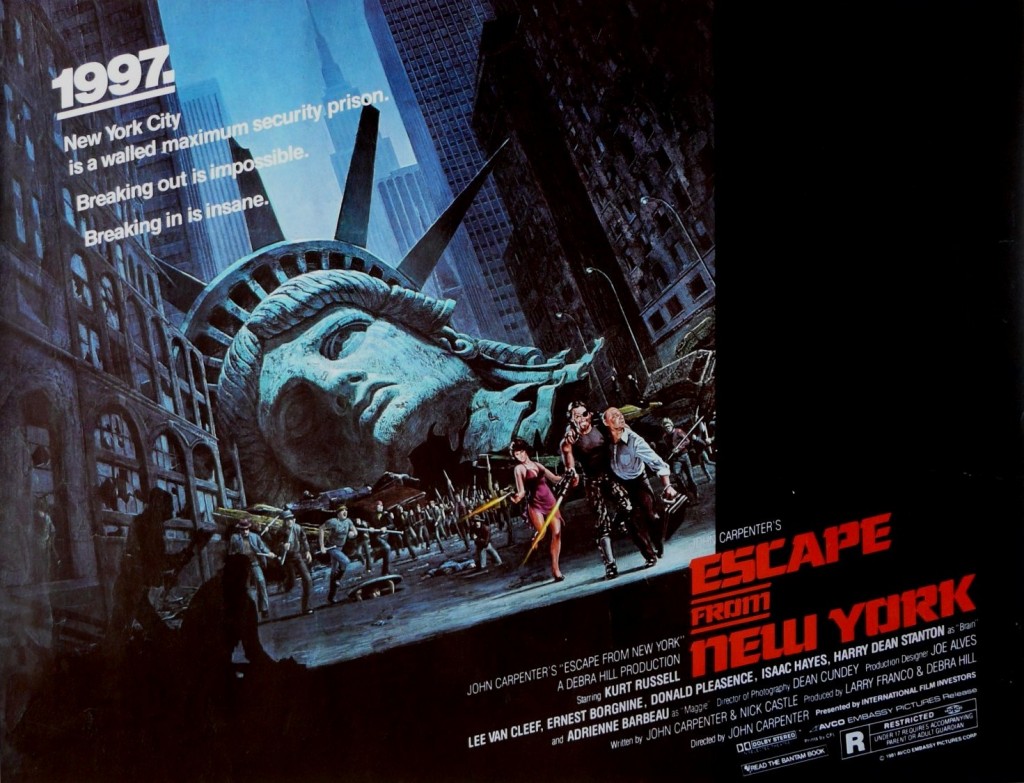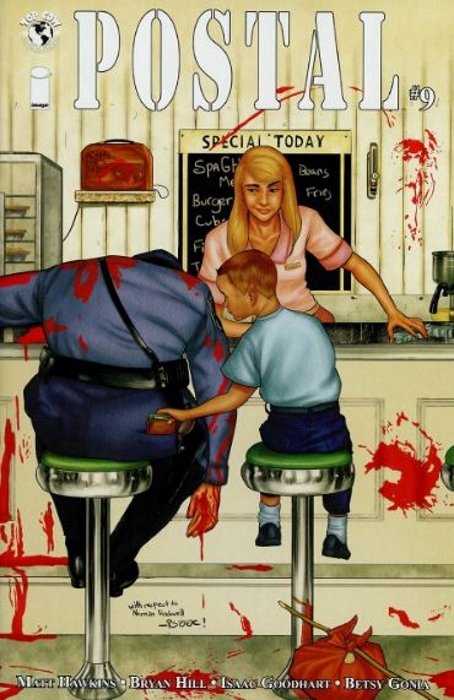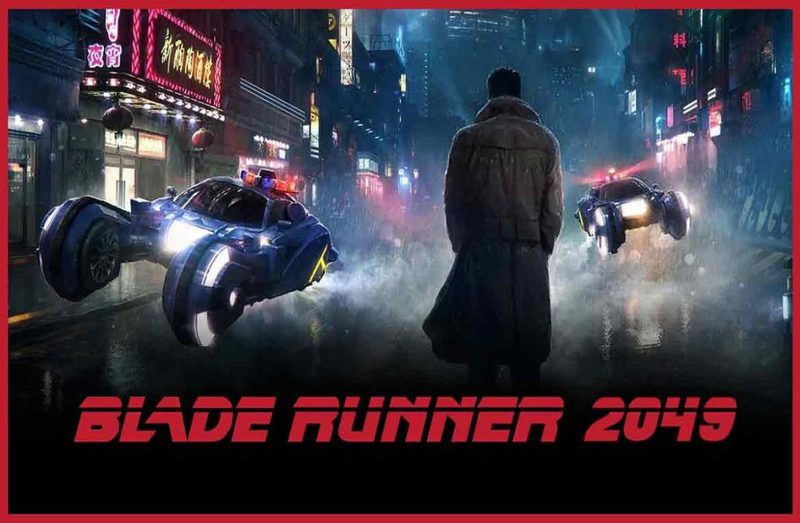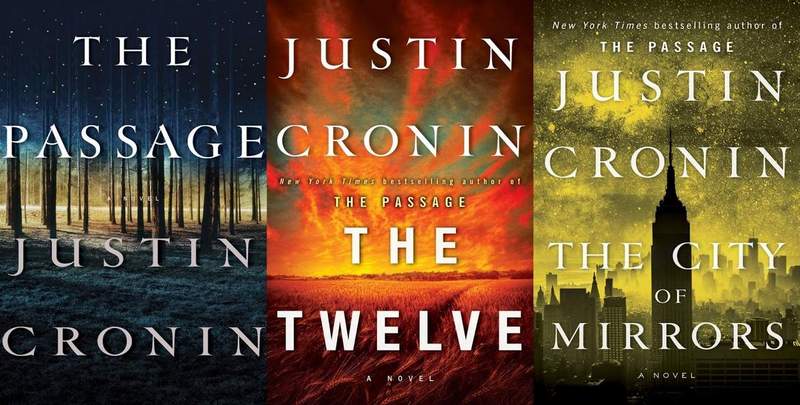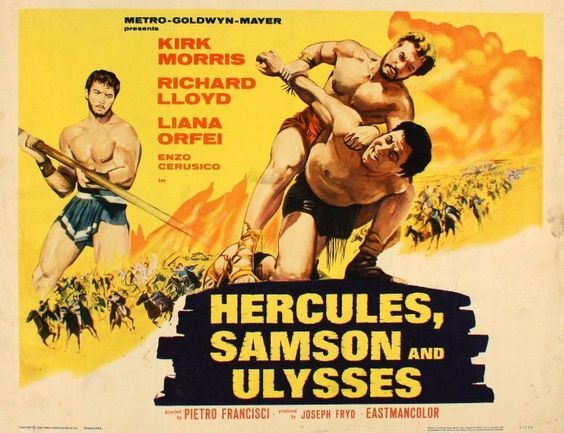Peplum Populist: Maciste in Hell (The Witch’s Curse)
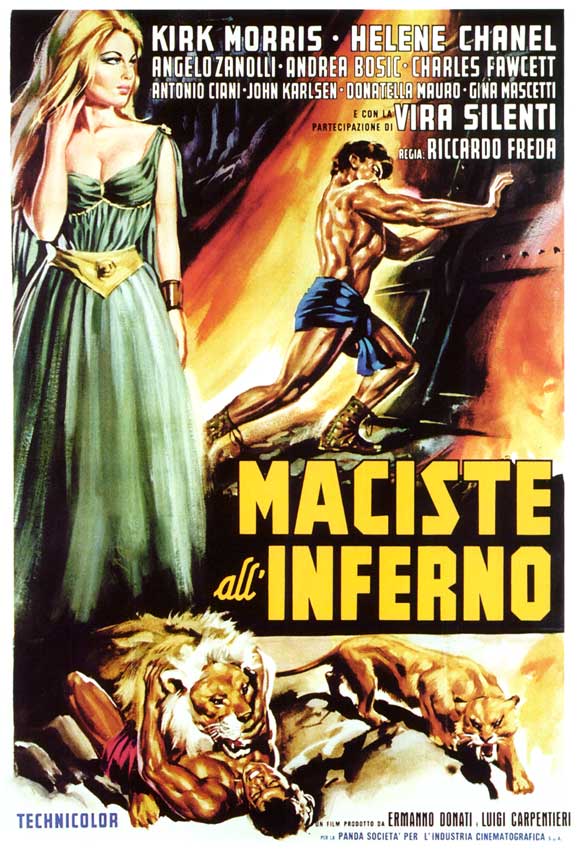 Among the canon of Italian peplum (sword-and-sandal) films made from 1958 to 1965, there are three special horror-fantasia entries. I’ve already written about Mario Bava’s classic Hercules in the Haunted World (1961). In the future I’ll look at the same year’s Goliath and the Vampires, which was co-directed by famed Italian Western director Sergio Corbucci, the man who helmed the original Django (1966).
Among the canon of Italian peplum (sword-and-sandal) films made from 1958 to 1965, there are three special horror-fantasia entries. I’ve already written about Mario Bava’s classic Hercules in the Haunted World (1961). In the future I’ll look at the same year’s Goliath and the Vampires, which was co-directed by famed Italian Western director Sergio Corbucci, the man who helmed the original Django (1966).
Today I’m spending my peplum-time with the third dark fantasy, Maciste in Hell (1962), yet another movie featuring Italian homegrown hero Maciste. (Oh, wait. Goliath and the Vampires is also a Maciste film. Damn these U.S. title changes!) Although Maciste in Hell isn’t as fantastic as Hercules in the Haunted World — it’s hard to best Mario Bava when it comes to doing weird horror on the cheap — it’s on the top of the pile as far a sword-and-sandal movies go. And its Amazon VOD presentation is relatively high quality. The picture has the vertical squeeze problem of Perseus the Invincible, but at least you have the entire image and a decent print.
The idea of Maciste journeying to the underworld like Dante or Aeneas wasn’t new: Maciste in Hell (Maciste all’inferno) is also the title of one of the silent Maciste films that were hits in Italy in the 1910s and ‘20s. The two movies don’t have any story connection aside from the hero in an infernal setting, and the silent Maciste is a different character and phenomenon from the 1960s version. But Maciste in Hell ‘62 is also different from other peplum films of its time, and not just in its overt supernatural horror elements. Where Maciste’s standard stomping grounds are the ancient/mythic Mediterranean, here he pops up in seventeenth-century Scotland. Maciste has a reputation for shifting about in time and place: I dealt with him in prehistory in Colossus of the Stone Age, and recently watched him battle Mongols in China in Maciste at the Court of the Great Khan (retitled Samson and the 7 Miracles of the World in the U.S.). Even so, Scotland in the Early Modern Era is pushing against the sword-and-sandal barriers.
